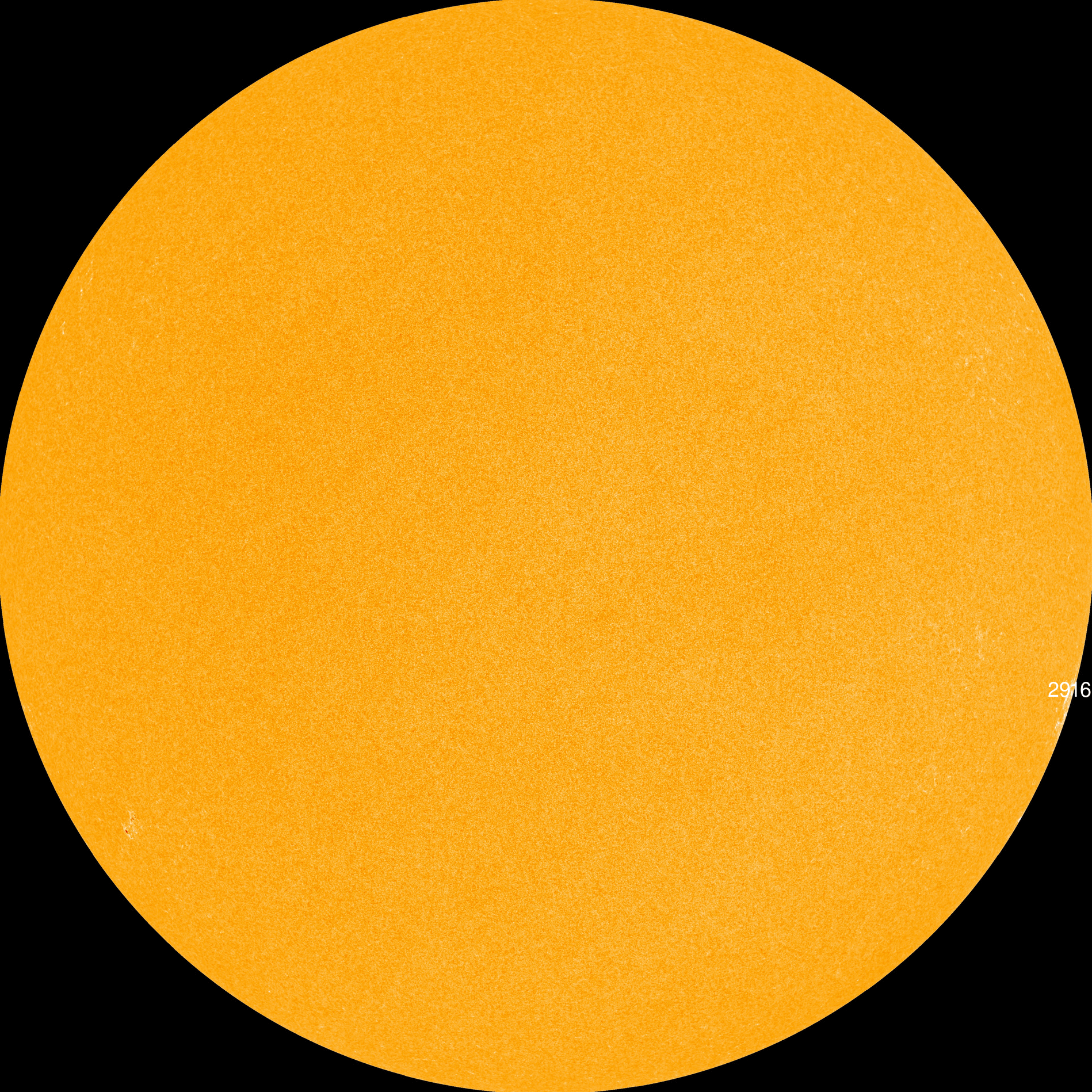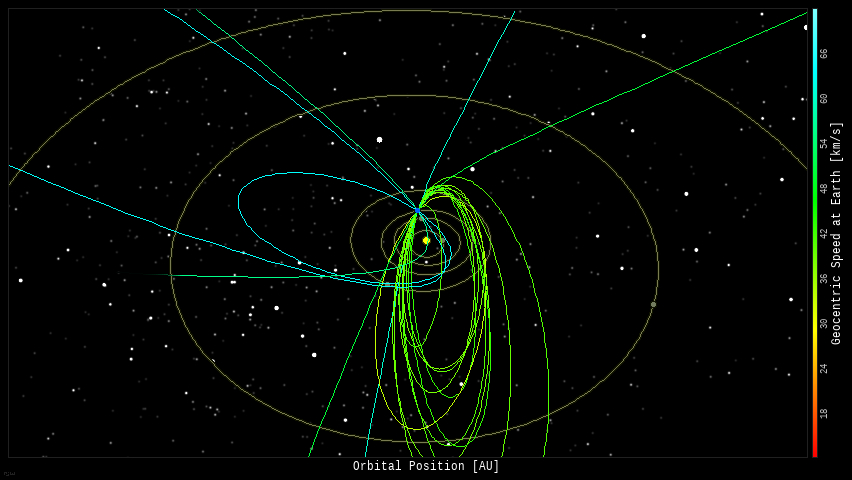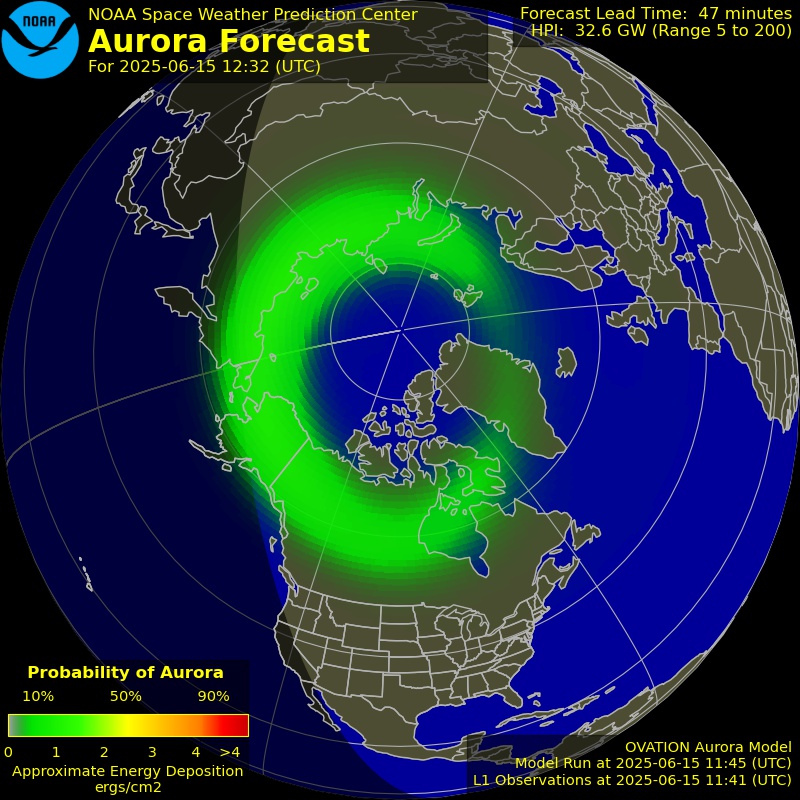My granddaughter absconded with my father in-law’s magnifying glass, and has discovered the wonders of refraction!
I can’t wait until she uses binoculars for the first time! I’m going to start her out with those because I’ve found that children below the age of 5 typically have trouble using telescopes.
As I’m writing this post, my wife and I ordered a child’s binocular for her! I would encourage everyone to provide binoculars to their children!

Jupiter, Saturn and Mercury appear in the southwestern sky after sunset this week; the Moon appears near Saturn on Jan. 4th. You might be able to spot Venus to the west of Mercury – just after sunset for a couple days.

The Moon appears near Jupiter on Jan. 5th and 6th in the southwestern sky after sunset.


The Moon appears high in the southwestern sky after sunset on Jan. 8th,

The Moon appears high in the southeastern sky with the constellations Orion and Taurus after sunset on Jan. 10th.

Close-up of the Moon and Uranus high in the southeastern sky with sunset on Jan. 10th – Uranus appears a bit over 6° from the Moon.


- The Moon is a Waxing Crescent – visible toward the southwest in early evening.
- The First Quarter Moon occurs on Jan. 9th – visible high in the southern sky in early evening.
- After Jan. 9th, the Moon will be a Waxing Gibbous – visible to the southeast in early evening, up for most of the night.

If you click on the Moon image above, or click this link, you will go to NASA’s Moon Phase and Libration, 2022 page – it will show you what the Moon looks like right now. If you click the image on that page, you will download a high-rez TIFF image annotated with the names of prominent features – helpful for logging your lunar observations!
Moon News

The Sun has one spot rotating out of view, and a new spot forming and rotating into view in the southern hemisphere. Spaceweather.com says “Big sunspot AR2916 is turning away from Earth as it sets off on a 2-week trip around the farside of the sun. With its exit, the chance of solar flares has plummeted. NOAA forecasters estimate a 10% chance of M-class flares today, dropping to no more than 1% tomorrow.”

Videos courtesy of NASA/SDO and the AIA, EVE, and HMI science teams.
You can view the Sun in near real-time, in multiple frequencies here: SDO-The Sun Now.
You can create your own time-lapse movies of the Sun here: AIA/HMI Browse Data.
You can browse all the SDO images of the Sun from 2010 to the present here: Browse SDO archive.
Amateur Solar Astrophotography

The SOLARACTIVITY PICTURE OF THE DAY for January 3rd, 2022 is this awesome eruptive prominence capture by Jett Aguilar from the Philippines imaged with a Lunt100mm. Jett comments: “Solar Imaging Session, 31 December 2021I was finally able to finish processing my hydrogen alpha solar imaging done last New Year’s Eve, December 31, 2021. As if welcoming the New Year, the Sun gave a giant eruptive prominence on its Southwestern limb (image with Earth size for comparison). There were also some large prominences on the SE limb, and sunspot group AR2916 gave a nice imaging opportunity as it approaches the Western limb. For my hydrogen alpha imaging, I used my Lunt 100 mm H- alpha telescope with a Skyris 236M camera.”
Solar Corona
Solar wind speed is 441.3 km/sec ▼ with a density of 4.3 protons/cm3 ▼▼ at 1420 UT.
Click here to see a near real-time animation of the corona and solar wind from the Solar & Heliospheric Observatory (SOHO).
Sun News:

- Near-Earth Objects (NEOs) discovered this month: 4, this year: 4, all time: 27,922 (+20)
- Potentially Hazardous Asteroids (PHAs): 2239 (updated 2021-12-28)
- Total Minor Planets discovered (MPC): 1,143,124 (-30, updated 2022-01-04) – negative corrections have continued for several weeks
- Total Minor Planets discovered (NASA): 1,113,527 (updated 2021-08-17) – I don’t think this value is being updated, it has not changed for half a year.
Upcoming Earth-asteroid encounters:
| Asteroid | Date(UT) | Miss Distance | Velocity (km/s) | Diameter (m) |
| 2021 YX | 2022-Jan-05 | 10 LD | 11.9 | 32 |
| 2021 YQ | 2022-Jan-05 | 5.6 LD | 14.7 | 64 |
| 2014 YE15 | 2022-Jan-06 | 19.3 LD | 6.4 | 8 |
| 2020 AP1 | 2022-Jan-07 | 4.6 LD | 5.7 | 4 |
| 2013 YD48 | 2022-Jan-11 | 14.6 LD | 14.8 | 107 |
| 2021 BA | 2022-Jan-18 | 9.8 LD | 9.1 | 22 |
| 7482 | 2022-Jan-18 | 5.2 LD | 19.6 | 1732 |
| 2022 AB | 2022-Jan-20 | 9.6 LD | 5.6 | 73 |
| 2018 PN22 | 2022-Jan-21 | 11.4 LD | 2.7 | 11 |
| 2017 XC62 | 2022-Jan-24 | 18.7 LD | 4.3 | 112 |
| 2021 BZ | 2022-Jan-27 | 17.6 LD | 14.6 | 39 |
| 2022 AA | 2022-Feb-04 | 6.6 LD | 4.3 | 44 |
| 2018 CA1 | 2022-Feb-05 | 9.8 LD | 15.1 | 32 |
| 2007 UY1 | 2022-Feb-08 | 13.9 LD | 6.6 | 89 |
| 2020 DF | 2022-Feb-14 | 12 LD | 8.6 | 20 |
| 2018 CW2 | 2022-Feb-18 | 2.2 LD | 10.8 | 25 |
| 2020 CX1 | 2022-Feb-18 | 7.2 LD | 8.2 | 54 |
| 455176 | 2022-Feb-22 | 14 LD | 25.1 | 257 |
| 2017 CX1 | 2022-Feb-23 | 15.2 LD | 5 | 8 |
| 2016 QJ44 | 2022-Feb-24 | 19.6 LD | 8.5 | 324 |
| 2021 QO2 | 2022-Feb-25 | 20 LD | 11 | 65 |
| 2020 UO4 | 2022-Feb-28 | 18.5 LD | 2.1 | 7 |
Asteroid News:

On January 3, 2022, the NASA All Sky Fireball Network reported 19 fireballs!
(9 Quadrantids, 9 sporadics, 1 Dec. Leonis Minorid)

Fireball News:
If you see a bright meteor or a fireball, please REPORT IT to the American Meteor Society and the International Meteor Organization!

Position of the planets & several spacecraft in the inner solar system on January 4th:

Position of the planets in the middle solar system:

Position of the planets in the outer solar system:

Solar System News

See a list of current NASA missions here: https://www.jpl.nasa.gov/missions?mission_status=current

ex·o·plan·et /ˈeksōˌplanət/, noun: a planet orbiting a star other than the Sun.
Data from the NASA Exoplanet Archive
* Confirmed Planets Discovered by TESS refers to the number planets that have been published in the refereed astronomical literature.
* TESS Project Candidates refers to the total number of transit-like events that appear to be astrophysical in origin, including false positives as identified by the TESS Project.
* TESS Project Candidates Yet To Be Confirmed refers to the number of TESS Project Candidates that have not yet been dispositioned as a Confirmed Planet or False Positive.
Exoplanet News:

SpaceWeather.com Realtime Aurora Gallery: https://spaceweathergallery.com/aurora_gallery.html
Latest Aurora Oval Forecast

- Visit an International Dark Sky Park: https://www.darksky.org/our-work/conservation/idsp/parks/
- If you live in Michigan, visit the Michigan Dark Skies site: https://sites.lsa.umich.edu/darkskies/

STEM: NASA EXPRESS Newsletter Sign-up
Keep up with the latest NASA STEM happenings by subscribing to the NASA EXPRESS newsletter.

Beautiful Universe: Open Cluster NGC 6910
I discovered this little gem while scanning the skies with my 8″ Dobsonian telescope – I return to it frequently.

NGC 6910 is an open cluster in the constellation Cygnus. It was discovered by William Herschel on October 17, 1786. The cluster was also observed by John Herschel on September 18, 1828. It is a poor cluster and with prominent central concentration, with Trumpler class I2p. NGC 6910 is the core cluster of the stellar association Cygnus OB9.
NGC 6910 is located half a degree east-north east of Gamma Cygni, also known as Sadr. It may be physically related with the nebula IC 1318 (also known as the Gamma Cygni Nebula) as it lies at a similar distance, behind the galactic Great Rift. Cygnus OB9 is located within the Orion arm of the Milky Way. Cygnus OB9’s dimensions in the sky are 2.5 degrees by 1.5 degrees, which corresponds at its distance to 175×105 light years across. It includes many OB stars, along with supergiant stars, like the red supergiant RW Cygni. Gamma Cygni is a foreground star, lying at a distance of approximately 1,500 light years. Because it lies behind a number of molecular clouds, the light from NGC 6910 is dimmed by more than one magnitude.- Wikipedia
Software Apps used for this post:
NASA Eyes on the Solar System: an immersive 3D solar system and space mission simulator – free for the PC /MAC.
Stellarium: a free web-based planetarium app. It’s a great tool for planning observing sessions.




